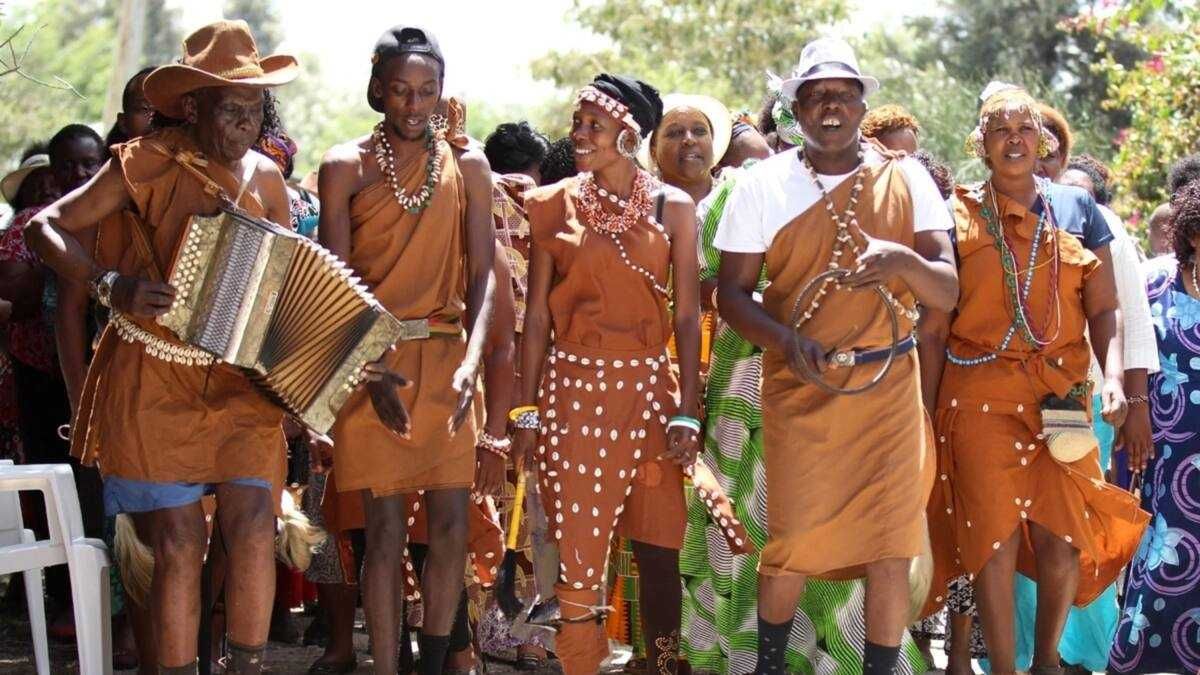Why Ruracio Is Non-Negotiable in Kikuyu Marriage
Key Take-aways from this Story
What Is Ruracio?
Ruracio is the formal dowry ceremony practiced by the Kikuyu community of Kenya. It’s not just a gift exchange—it’s the real, cultural seal of marriage. You may hold a white wedding or move in together, but until ruracio is done, elders won’t recognize that union.
It’s the moment when the groom’s family comes to the bride’s home to “ask for her hand”—but in a format dictated by protocol, negotiations, and symbolism.
The Process: Step by Step
1. Kuhanda Ithĩgĩ (Planting the Twig)
This is the man’s announcement of intent. A symbolic twig is planted at the girl’s home, signaling to others that she’s taken. No more suitors. This opens the door for dowry plans.
2. Kumenya Mucii (Knowing the Home)
The groom’s people visit to "know the home"—a polite way of investigating the girl’s roots and family background. Compatibility is important, and it allows time for the two families to feel each other out before commitment.
3. Kuracia (The Ruracio Proper)
This is the day the groom must prove he’s ready. He comes with his elders, his clan, and dowry items. Traditionally, this includes:
-Several goats (often symbolically one or two)
-A set amount of money negotiated by the bride's kin
-Honey, sugar, bread, and sometimes alcohol
-Clothing or household items for the mother and father of the bride

Negotiations are led by elders. It’s both a performance of tradition and a serious legal contract in the eyes of the community.
The Role of Elders
Elders control the entire flow. The man doesn’t negotiate directly—instead, his uncles and clan elders speak for him. Likewise, the woman doesn’t appear until the formalities are nearly done. She’s hidden, often in a group of women, and the groom must identify her—a subtle test of intimacy and respect.
Why Is Ruracio So Important?
1.Legitimacy: Without it, children may not be fully accepted within the father’s lineage.
2.Respect: It’s a signal of honor to the bride’s family, saying, “We value her enough to do things right.”
3.Cultural Currency: Even the most modern Kikuyu families will still insist on ruracio. It’s the one step you don’t skip if you want your union blessed.
4.Family Ties: Ruracio isn’t just between a man and woman—it’s between two clans. It links generations.
Is It Still Practiced Today?
Absolutely. While parts of it have been modernized—like substituting goats with money or doing things in a hotel—the essence remains. Some men do it quietly, some make it a big event. But if you’re marrying a Kikuyu woman, the question isn’t if you’ll do ruracio. It’s when.
Read this related aricle: The Real Reason Families Demand Dowry During this Era
Final Thought
In Kikuyu tradition, love is personal—but marriage is cultural. Ruracio isn’t a hurdle—it’s proof of your seriousness. If you can’t stand before elders and honor her people, then you’re not ready for her. That’s the code.





0 comments